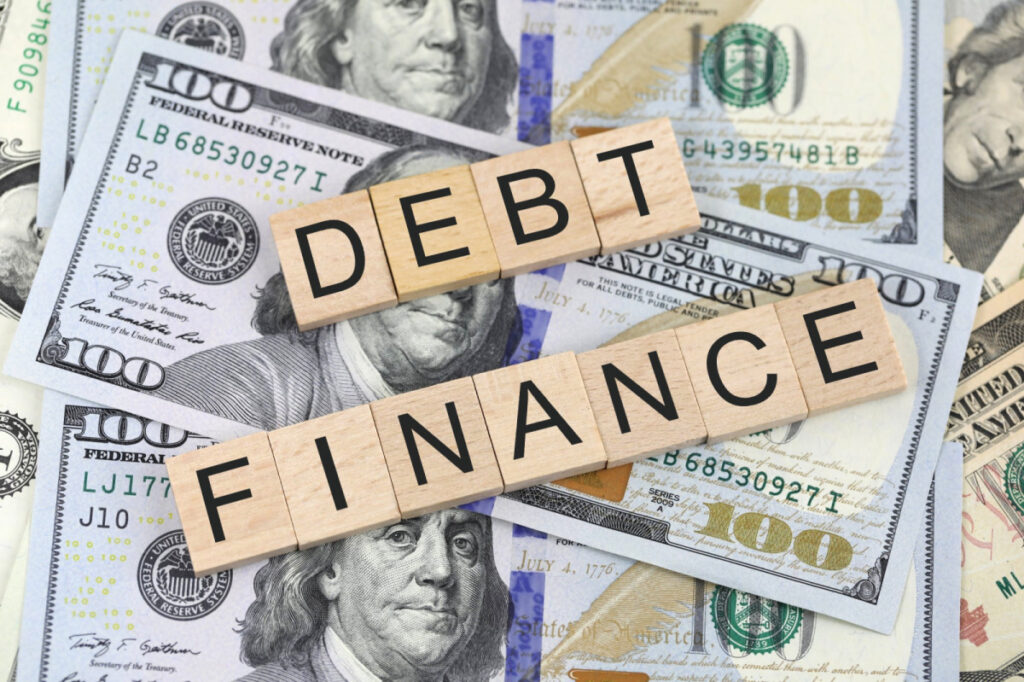Break free from the shackles of debt with a tailor-made repayment plan that empowers you to regain control of your finances.
In the realm of personal finance, few challenges are as pervasive and burdensome as debt. Whether it’s student loans, credit card balances, or other forms of borrowed money, debt can cast a long shadow over our lives, limiting our financial freedom and impeding our progress towards our goals. The key to regaining control lies in the creation of a personalized debt repayment plan tailored to your unique circumstances.
While it may seem daunting at first, taking the time to develop a plan that works specifically for you is an essential step towards overcoming debt. By customizing your strategy, you can navigate the intricacies of your financial situation, address your debts systematically, and pave the way to a brighter, debt-free future.
Assess Your Financial Situation
Before embarking on your journey to conquer debt, it is crucial to have a clear understanding of your current financial situation. Begin by compiling a comprehensive list of all your debts, including the outstanding balances, interest rates, and minimum monthly payments. This inventory will provide a solid foundation for developing an effective repayment plan.
Next, evaluate your monthly income and expenses. Calculate your total monthly income after taxes and deductions, taking into account any additional sources of income. Then, analyze your expenses by categorizing them into essential and non-essential items. Be thorough in your assessment, accounting for rent or mortgage payments, utilities, groceries, transportation costs, and discretionary spending.
With a detailed overview of your finances, identify areas where you can potentially cut back on expenses or find opportunities to increase your income. Consider reducing discretionary spending, negotiating lower bills, or exploring additional sources of income such as freelance work or a side gig. Every dollar saved or earned can make a significant difference when it comes to accelerating your debt repayment.
Set Realistic Goals
Setting realistic goals is essential when creating a debt repayment plan that works for you. Begin by establishing a clear timeline for debt repayment. Consider your financial capabilities and determine a realistic timeframe within which you aim to become debt-free. This will help you stay motivated and focused on your financial journey.
Next, prioritize your debts based on either their interest rates or balances. Two popular approaches are the “avalanche” method, where you tackle debts with the highest interest rates first, or the “snowball” method, where you start with the smallest balances. Choose the approach that aligns with your financial goals and motivates you the most.
To ensure that your goals are effective, use the SMART principle. Make your goals Specific, Measurable, Achievable, Relevant, and Time-bound. For example, instead of setting a vague goal like “pay off debt,” make it specific by stating, “pay off $5,000 of credit card debt within the next 12 months.”
By setting realistic goals and following the SMART framework, you create a roadmap that guides your debt repayment journey and keeps you accountable along the way.
Choose a Debt Repayment Strategy
When it comes to choosing a debt repayment strategy, two popular methods are the debt snowball and the debt avalanche. Understanding their differences, pros, and cons can help you determine which approach suits you best.
The debt snowball method involves paying off your smallest debts first while making minimum payments on the rest. As you eliminate smaller debts, you gain momentum and motivation to tackle larger ones. This method emphasizes the psychological aspect of seeing quick wins, providing a sense of accomplishment and building confidence.
On the other hand, the debt avalanche method focuses on paying off debts with the highest interest rates first. By prioritizing high-interest debts, you minimize the overall interest you’ll pay over time. This approach can save you money in the long run and result in faster debt elimination.
When choosing between the two, consider your financial goals and preferences. The debt snowball method may be suitable if you value the psychological boost of small victories, while the debt avalanche method may be more appealing if you prioritize long-term savings. Assess your situation, including factors like interest rates, balances, and personal motivation, to select the strategy that aligns best with your needs.
Monitor Your Progress and Adjust as Needed
Once you’ve established your debt repayment plan, it’s crucial to monitor your progress regularly. Tracking your journey will not only keep you accountable but also provide insights into your financial habits and patterns. Make it a habit to review your debts, payments, and remaining balances frequently. This awareness will help you stay motivated and make informed decisions along the way.
As you make progress, be sure to celebrate milestones and achievements. Recognize and reward yourself for each debt paid off or significant reduction in balances. Celebrating these victories will reinforce your commitment and inspire you to keep going.
However, it’s important to remain flexible and adaptable. Life is unpredictable, and your financial situation may change. If you encounter unexpected expenses or experience a shift in your income, don’t hesitate to adjust your plan accordingly. It’s better to modify your repayment strategy than to become overwhelmed or discouraged by unrealistic goals.
Furthermore, if you find that your current plan is not yielding the desired results, be open to reevaluating and making necessary adjustments. Seek advice from financial professionals or explore alternative strategies that may better suit your circumstances.
Remember, monitoring your progress and adjusting your plan as needed will help you stay on track towards conquering your debt and achieving financial freedom.
Conclusion
In the quest to conquer debt, a personalized repayment plan tailored to your unique circumstances is essential. By assessing your financial situation, setting realistic goals, choosing a debt repayment strategy, and monitoring your progress, you can take control of your finances and pave the way towards a debt-free future. Stay determined, stay focused, and you’ll achieve financial freedom.

